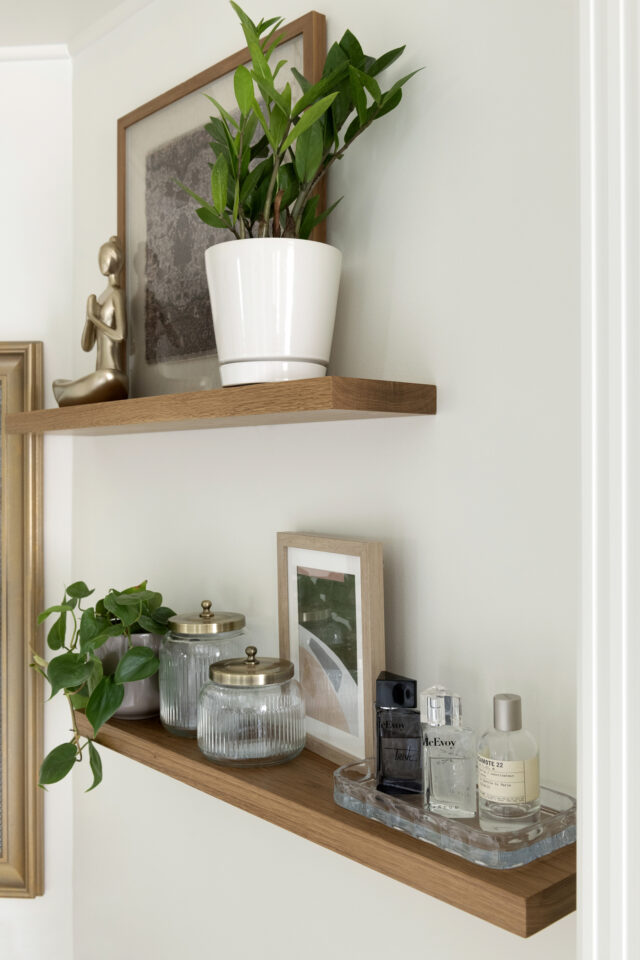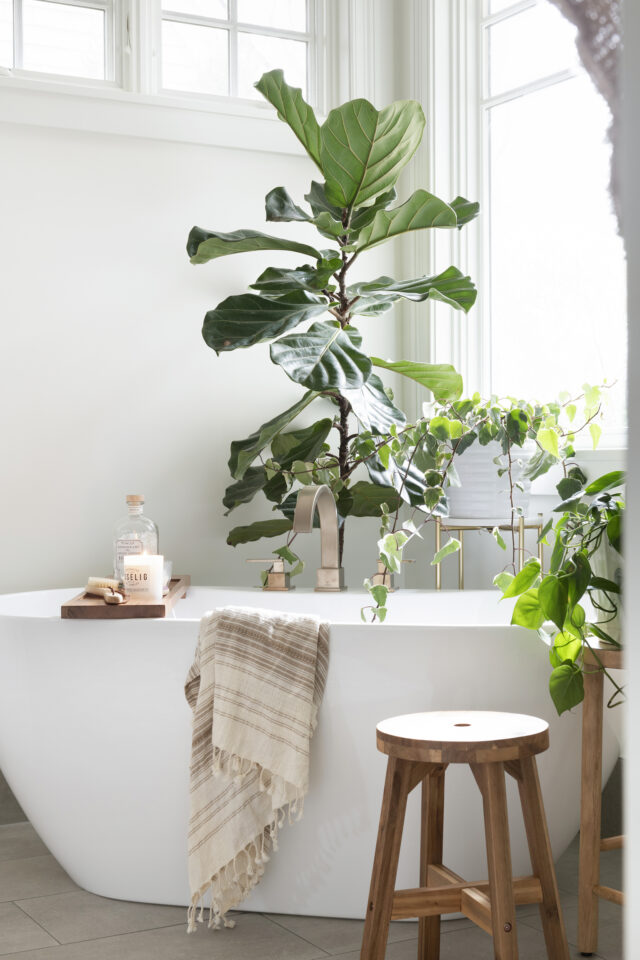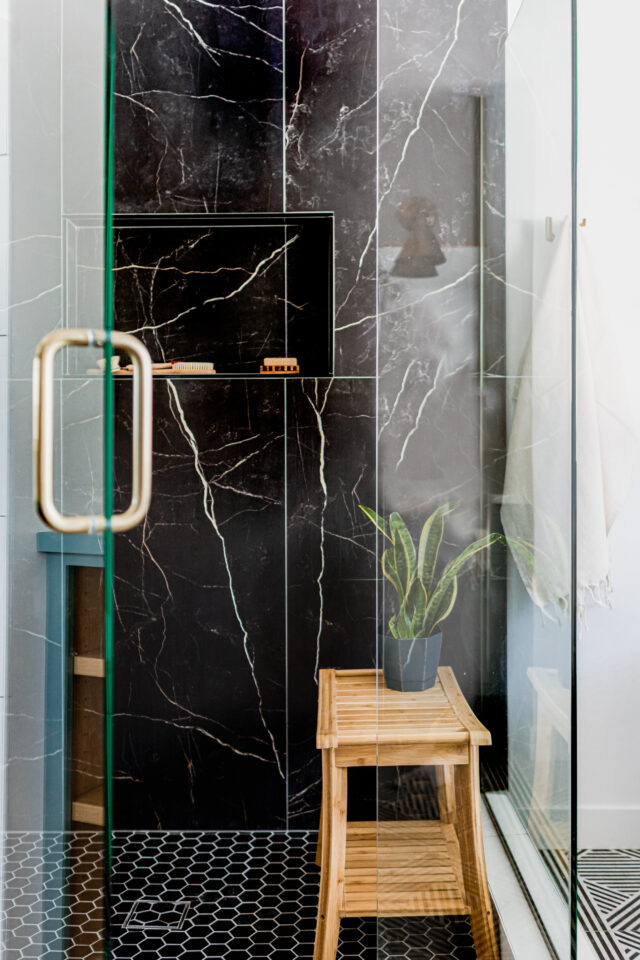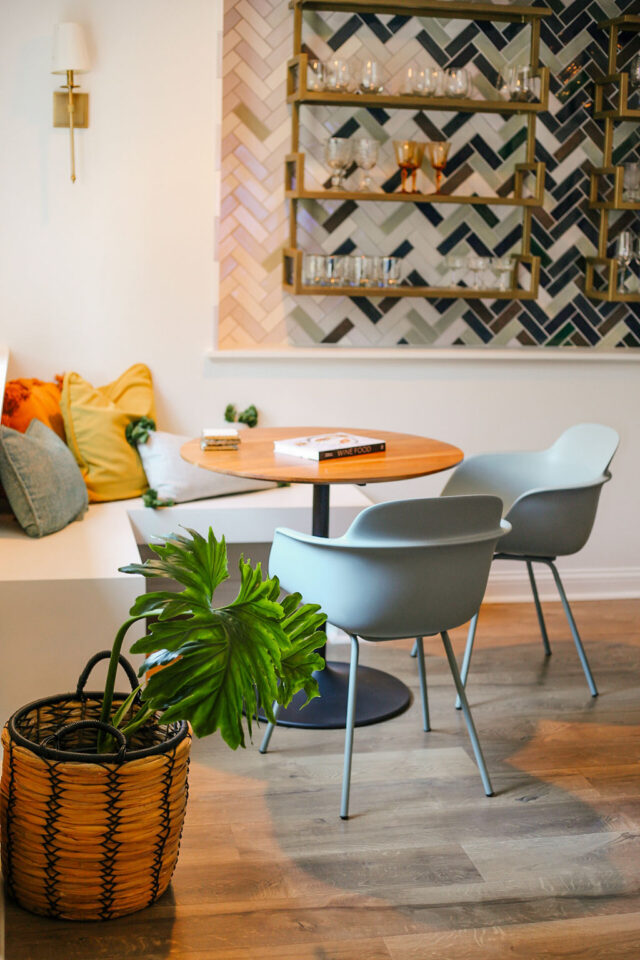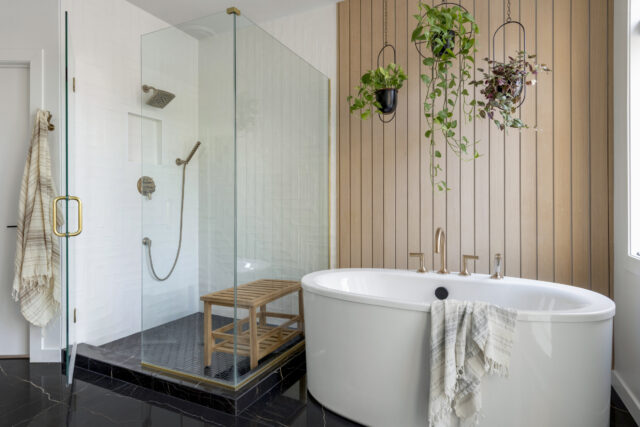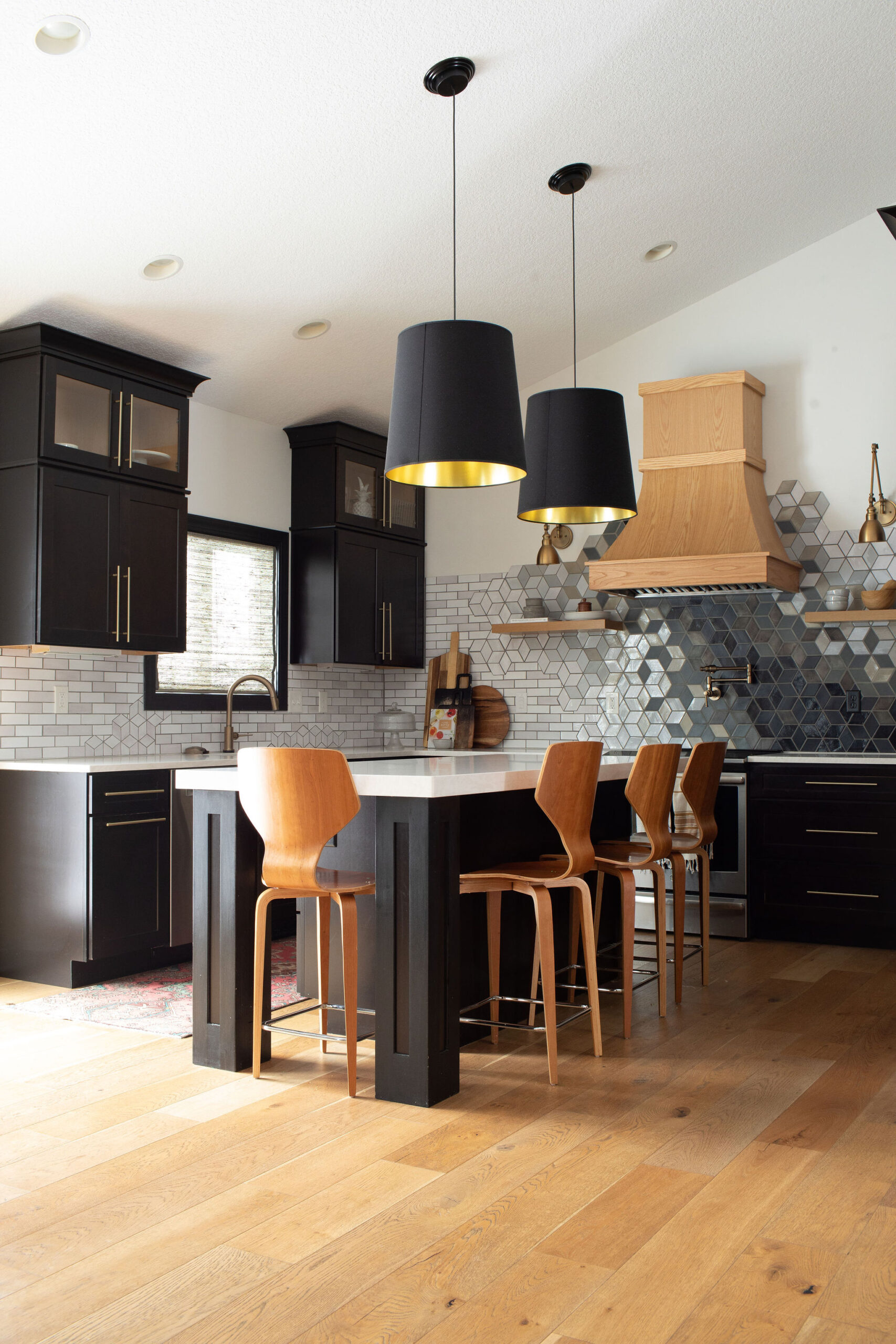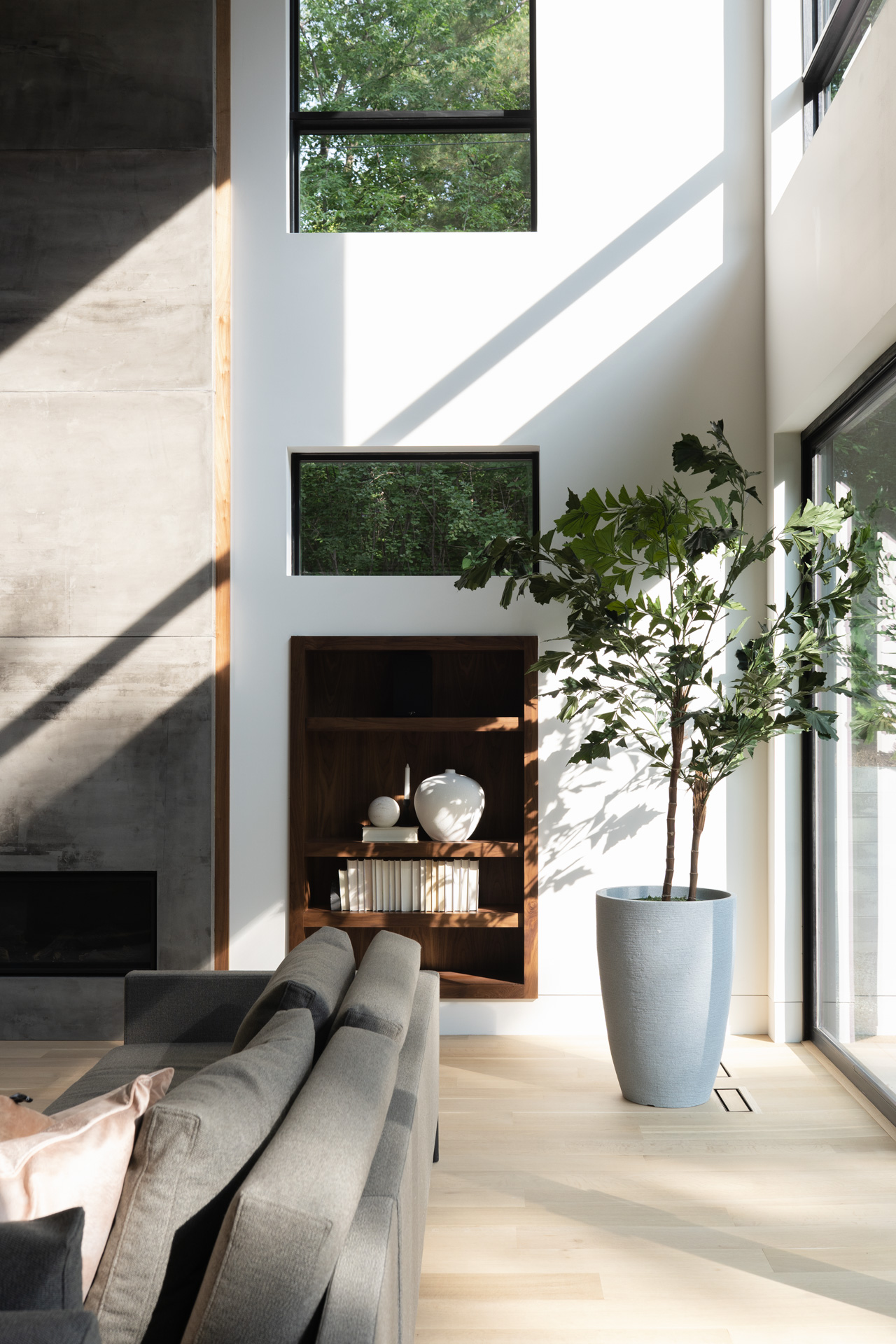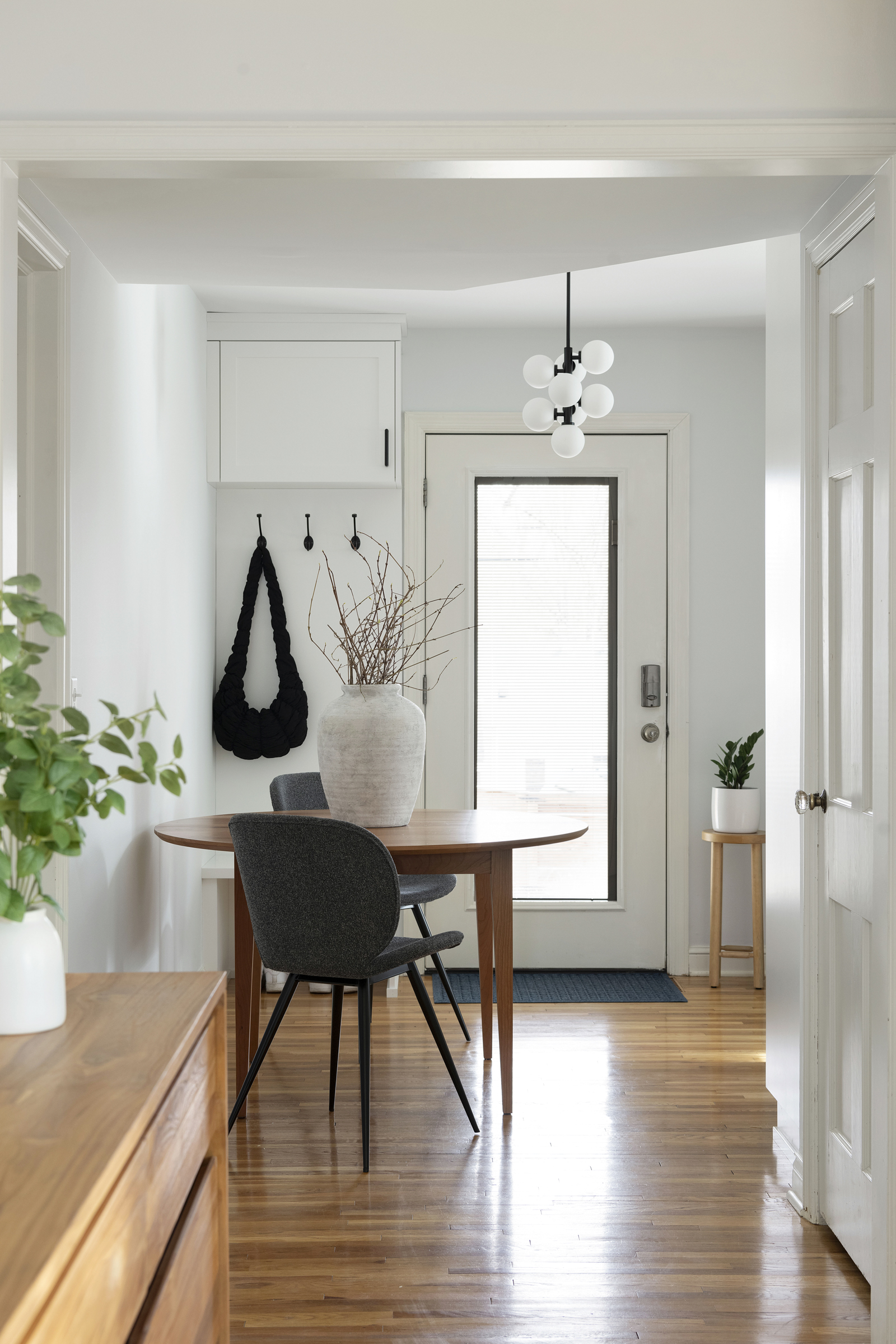
The Emotional Impact of Plants in Our Homes
Plants have an incredible ability to transform a space, not just visually but emotionally. They bring life, warmth, and a sense of calm to our homes. Let’s dive into the emotional benefits of adding plants to your living spaces and understand why they are essential for creating a harmonious home environment.
Improved Mood: Plants can significantly enhance your mood. The act of nurturing a living thing and watching it grow can bring immense joy and satisfaction. The presence of greenery is known to reduce stress and anxiety levels, creating a more serene atmosphere.
Connection to Nature: In our busy, often urban lives, plants provide a vital connection to nature. This link can help reduce feelings of isolation and bring a sense of grounding and tranquility. Just a few moments spent with your plants can remind you of the natural world outside.
Enhanced Creativity: Surrounding yourself with plants can boost creativity and productivity. The natural beauty and variety of shapes and colors stimulate the mind, making your home office or creative space more inspiring.
Sense of Accomplishment: Successfully caring for plants provides a sense of achievement. Every new leaf or flower is a testament to your care and attention, which can boost self-esteem and provide a sense of purpose.
Improved Air Quality: While this is also a physical benefit, the improved air quality from plants can contribute to better mental health. Clean air can lead to better sleep, clearer thinking, and overall well-being.
There’s nothing that makes me happier than talking to my plants – I have become that lady, ha! Outdoors or indoors – but today we’re talking all about our indoor house plants!
They’re our green little companions, especially cherished during the chilly winter months when the outdoor greenery fades. Indoor plants not only liven up our living spaces but also purify the air and add a splash of nature’s beauty. And guess what? We’re all about plants that are easy house plants to maintain. ! Here are our top 6 favorite indoor plants, each with its own charm and care tips to help you keep them thriving.
These are the plants thriving in our home, each one flourishing:
- ZZ Plant
- Dracaena Fragrans
- Fiddle Leaf Fig
- Snake Plant
- Monstera Deliciosa
- Asparagus Fern
- Pathos
- String of Pearls
Today, we’ll discuss each aspect in detail: the advantages, disadvantages, purchasing options, and maintenance tips.
1. ZZ Plant (Zamioculcas zamiifolia)
The ZZ Plant is like the superhero of houseplants – resilient, easy-going, and always looking good. Its glossy, dark green leaves make it a stunning addition to any room.
Pros:
- Almost indestructible
- Tolerates low light
- Requires minimal water
Cons:
- Toxic to pets if ingested
Where to Buy:
Care: This plant thrives on neglect! Water every 2-3 weeks and let the soil dry out completely between waterings. It loves bright, indirect sunlight but can tolerate low light.
Growth Spread Size: Can grow up to 2-3 feet tall, making it a perfect statement piece for any room.
Plant Type: Evergreen shrub and tree
Sun Exposure: Bright, indirect sunlight
Fun Fact: The ZZ Plant is also known as the “Zanzibar Gem,” which sounds like something out of a treasure hunt!
2. Dracaena Fragrans (Corn Plant)
Dracaena Fragrans is a popular houseplant, known for its striking, sword-like leaves and air-purifying qualities. It’s like having a mini indoor tree!
Pros:
- Easy to care for
- Excellent air purifier
Cons:
- Sensitive to overwatering
- Toxic to pets
Where to Buy:
Care: Water well once a week during the growing season, allowing the water to drain out of the pot. In winter, reduce watering to every two weeks. Feed monthly in spring and summer with a water-soluble fertilizer. Prune as needed to maintain its shape.
Growth Spread Size: Can grow 2 to 10 feet tall, depending on the cultivar, but it’s easy to keep shorter.
Plant Type: Evergreen shrub and tree
Sun Exposure: Bright, indirect sunlight
Fun Fact: Dracaena Fragrans can live for decades with proper care. It’s practically a family heirloom in the making!
3. Fiddle Leaf Fig (Ficus lyrata)
The Fiddle Leaf Fig is the darling of interior design, known for its large, violin-shaped leaves. It’s the plant equivalent of a fashion icon.
Pros:
- Stunning visual appeal
- Air purifier
Cons:
- Picky about light and water conditions
- Can be finicky to care for
Where to Buy:
- Fiddle Leaf Fig, with neutral planter
Care: Water when the top inch of soil is dry. Ensure it gets plenty of bright, indirect light. Rotate the plant regularly for even growth and clean the leaves to keep them dust-free.
Growth Spread Size: Can grow up to 6-10 feet tall, making it perfect for filling that empty corner in your living room.
Plant Type: Fig tree
Sun Exposure: Bright, indirect light
Fun Fact: The Fiddle Leaf Fig is often featured in home decor magazines and Instagram posts – it’s basically a plant celebrity!
4. Snake Plant (Sansevieria trifasciata)
The Snake Plant, also known as Mother-in-Law’s Tongue (oh, the irony), is one of the easiest houseplants to care for. It’s tough, stylish, and practically indestructible.
Pros:
- Extremely low maintenance
- Tolerates low light and neglect
- Air purifier
Cons:
- Slow-growing
Where to Buy:
Care: Water every 2-6 weeks, allowing the soil to dry out completely between waterings. It thrives in indirect sunlight but can also tolerate low light.
Growth Spread Size: Can grow up to 2-3 feet tall.
Plant Type: Evergreen perennial
Sun Exposure: Indirect sunlight, tolerates low light
Fun Fact: The Snake Plant is known for converting CO2 into oxygen at night, making it an excellent bedroom plant for better sleep.
5. Monstera Deliciosa (Swiss Cheese Plant)
The Monstera Deliciosa, with its iconic heart-shaped, holey leaves, is like a piece of living art. It’s both exotic and easy to grow, making it a favorite among plant enthusiasts.
Pros:
- Fast-growing
- Unique, decorative leaves
- Thrives in low light
Cons:
- Requires space to grow
- Toxic to pets
Where to Buy:
Care: Water when the top inch of soil is dry. Place in bright, indirect sunlight. Wipe leaves to keep them dust-free and promote photosynthesis.
Growth Spread Size: Can grow up to 6-8 feet tall.
Plant Type: Perennial vine
Sun Exposure: Indirect sunlight, tolerates low light
Fun Fact: Monstera Deliciosa is also called the “Swiss Cheese Plant” because of its perforated leaves, which look like Swiss cheese!
6. Asparagus Fern (Asparagus setaceus)
The Asparagus Fern adds a touch of delicate greenery to any room with its feathery, light foliage. It’s not a true fern, but it’s just as charming!
Pros:
- Fast-growing
- Elegant, lacy foliage
Cons:
- Needs regular misting
- Can become invasive if not managed
Where to Buy:
- Asparagus Fern | Amazon
- Plumosa Fern, Soft | The Sill
- Plumosa Asparagus Fern | Amazon
- Japanese Fern | The Sill
Care: Keep the soil consistently moist and mist frequently to maintain humidity. Place in bright, indirect light and prune regularly to manage its growth.
Growth Spread Size: Can grow up to 3 feet tall and 4 feet wide.
Plant Type: Perennial herb
Sun Exposure: Bright, indirect light
Fun Fact: Despite its name and appearance, the Asparagus Fern is more closely related to lilies than true ferns.
8. String of Pearls
The Unique and Charming Succulent! The String of Pearls (Senecio rowleyanus) is a captivating succulent known for its trailing stems adorned with bead-like leaves that resemble a string of pearls. This plant is a wonderful addition to any home, offering both visual appeal and easy maintenance. The quirky, cascading foliage of the String of Pearls adds a playful touch to your decor, making it an excellent conversation starter. It’s also a low-maintenance plant, perfect for those who want the beauty of greenery without the fuss.
Pros:
- Low Maintenance: Requires minimal watering and care, making it perfect for busy individuals.
- Unique Appearance: The bead-like leaves create a distinctive and attractive look that stands out.
- Drought Tolerant: As a succulent, it stores water in its leaves and can go for longer periods without watering.
- Compact Size: Ideal for small spaces and can be placed in hanging baskets or on shelves.
Cons:
- Fragile Stems: The delicate stems can break easily if handled roughly.
- Toxicity: Toxic to pets if ingested, so it should be kept out of reach of animals.
Where to Buy:
- String of Pearls | Amazon
Care:
- Watering: Allow the soil to dry out completely between waterings. Overwatering can lead to root rot.
- Soil: Use well-draining soil, such as cactus or succulent mix, to prevent water retention.
- Humidity: Thrives in dry conditions and does not require high humidity.
Growth Spread Size: Can trail up to 2-3 feet long, making it perfect for hanging baskets or high shelves where it can cascade down.
Plant Type: Succulent
Sun Exposure: Prefers bright, indirect light but can tolerate some direct sunlight. Too much direct sunlight can scorch the leaves, while too little light can cause leggy growth.
Fun Fact: The String of Pearls can produce small, white flowers that have a cinnamon-like fragrance, adding a delightful sensory experience to its already charming appearance.
The String of Pearls is not only visually stunning but also incredibly easy to care for, making it a favorite among plant enthusiasts. Its unique appearance and low-maintenance nature make it an excellent choice for adding a touch of greenery to any home, whether you’re a seasoned plant parent or a beginner.
Indoor plants are more than just decor – they’re living, breathing companions that bring life and joy into our homes. With these easy-to-maintain plants, you can enjoy the beauty of greenery without the stress of complicated care routines. Whether you’re a seasoned plant parent or a newbie, these 12 go-to plants are sure to thrive in your home and bring a touch of nature indoors. Happy planting!

